Rising Geriatric Population
The aging population is a notable driver for the Blood Preparation Market, as older adults are more susceptible to various health conditions that require blood transfusions. With the global geriatric population projected to reach 1.5 billion by 2050, the demand for blood products is expected to rise correspondingly. Older individuals often experience chronic diseases, surgical procedures, and trauma, all of which may necessitate blood transfusions. This demographic shift is prompting healthcare systems to enhance their blood preparation capabilities to meet the anticipated demand. Additionally, the increasing prevalence of age-related disorders, such as cardiovascular diseases, further underscores the need for a reliable supply of blood components. As the Blood Preparation Market adapts to these demographic changes, it is likely to see sustained growth driven by the need for effective blood management solutions.
Regulatory Support and Standards
Regulatory frameworks and standards play a pivotal role in shaping the Blood Preparation Market. Governments and health organizations are increasingly implementing stringent regulations to ensure the safety and efficacy of blood products. For instance, the establishment of guidelines for blood collection, processing, and storage has led to improved quality control measures. This regulatory support not only enhances patient safety but also fosters trust in blood products among healthcare providers and patients alike. Moreover, compliance with these regulations often necessitates investment in advanced technologies and training, which can stimulate market growth. As the Blood Preparation Market adapts to evolving regulatory landscapes, it is likely to witness innovations that align with safety standards, ultimately benefiting both suppliers and consumers.
Growing Awareness of Blood Donation
The increasing awareness of the importance of blood donation is a significant driver for the Blood Preparation Market. Campaigns aimed at educating the public about the need for blood donations have gained momentum, leading to higher donor participation rates. This heightened awareness is crucial, especially in regions where blood shortages are prevalent. Data indicates that voluntary blood donations have increased by approximately 10 percent in recent years, reflecting a positive trend towards community engagement in blood donation initiatives. As more individuals recognize the impact of their contributions, the supply of blood products is likely to improve, thereby supporting the Blood Preparation Market. Furthermore, partnerships between healthcare organizations and community groups are fostering a culture of regular blood donation, which is essential for maintaining an adequate blood supply.
Increasing Prevalence of Blood Disorders
The rising incidence of blood disorders, such as anemia, hemophilia, and thalassemia, is a crucial driver for the Blood Preparation Market. As healthcare systems strive to address these conditions, the demand for blood components and preparations is expected to surge. According to recent data, the prevalence of anemia alone affects approximately 1.62 billion people worldwide, necessitating a robust supply of blood products. This growing patient population is likely to propel investments in blood preparation technologies and facilities, thereby enhancing the overall market landscape. Furthermore, advancements in diagnostic techniques may lead to earlier detection of blood disorders, further increasing the need for effective blood preparation solutions. Consequently, the Blood Preparation Market is poised for significant growth as healthcare providers seek to meet the needs of this expanding demographic.
Technological Innovations in Blood Processing
Technological advancements are revolutionizing the Blood Preparation Market, leading to more efficient and effective blood processing methods. Innovations such as automated blood collection systems, advanced separation techniques, and improved storage solutions are enhancing the quality and availability of blood products. For example, the introduction of automated blood component separation systems has increased the yield of specific blood components, thereby optimizing resource utilization. Additionally, the integration of artificial intelligence in blood management systems is streamlining operations and reducing wastage. As these technologies continue to evolve, they are expected to drive market growth by improving operational efficiency and ensuring a steady supply of high-quality blood products. The Blood Preparation Market stands to benefit significantly from these advancements, as they align with the increasing demand for precision medicine and personalized healthcare.



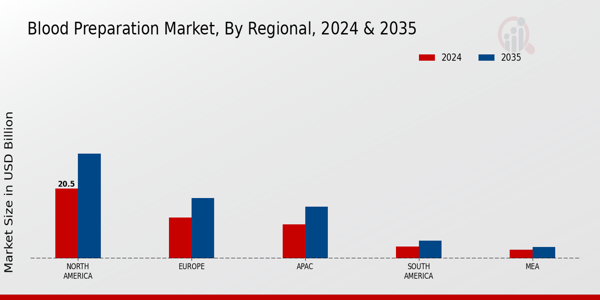

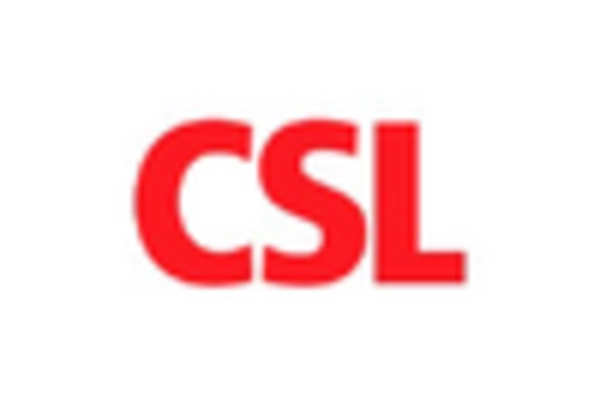

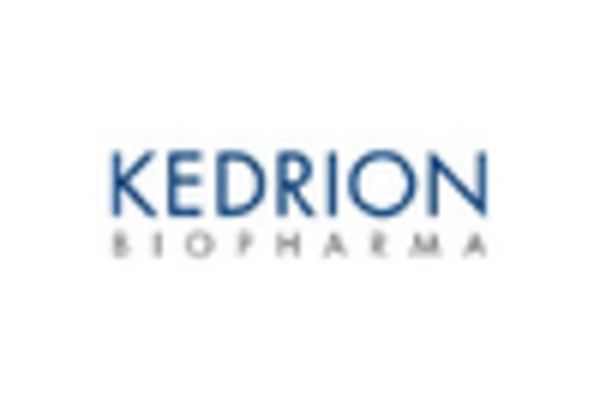
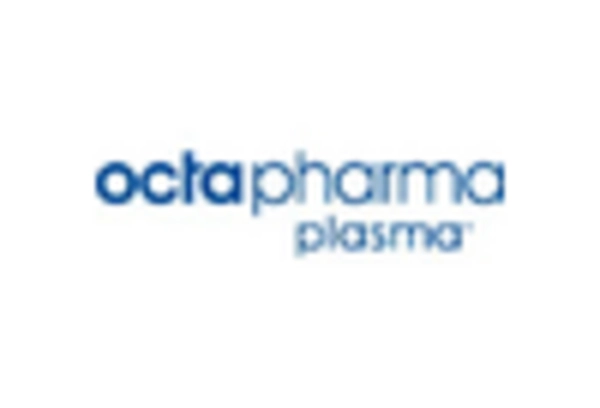
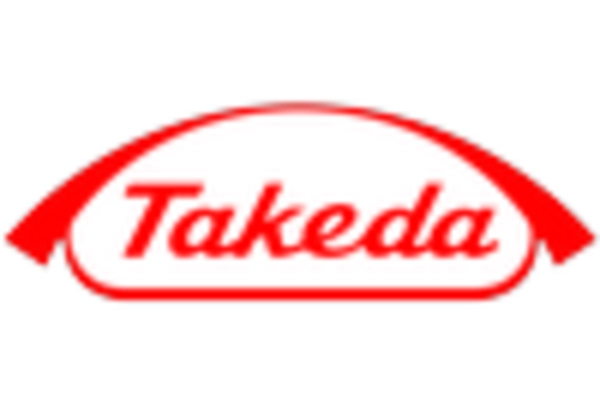








Leave a Comment